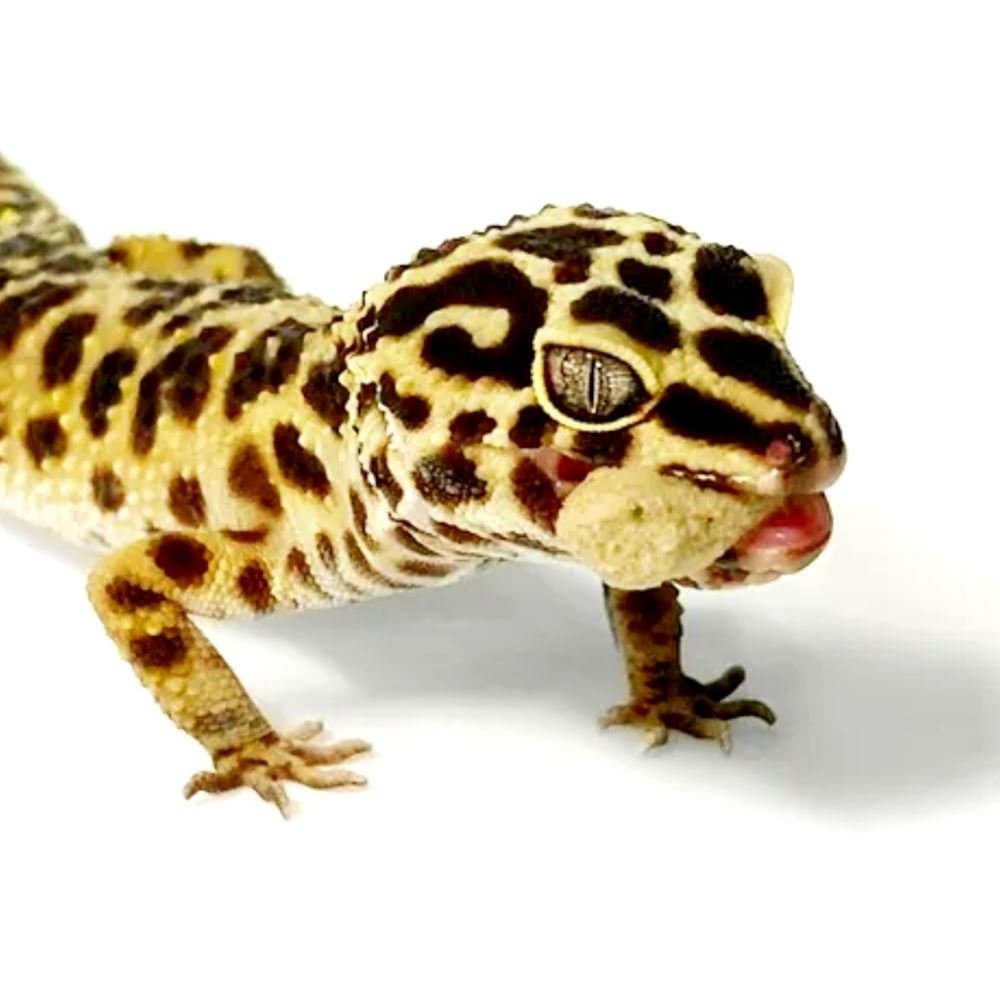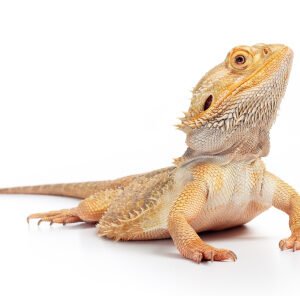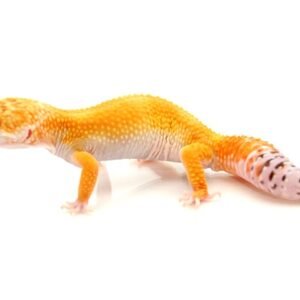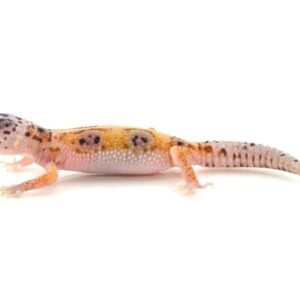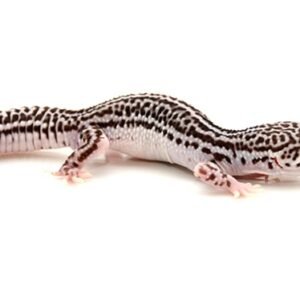Understanding Leopard Geckos: An Overview
Leopard geckos (Eublepharis macularius) are a popular choice among reptile enthusiasts due to their unique characteristics and relatively straightforward care requirements. Originating from the arid regions of Afghanistan, Pakistan, and India, these reptiles inhabit rocky and desert environments. In their natural habitat, they exhibit nocturnal behavior, actively foraging for food during the night. This nocturnal lifestyle contributes to their intriguing personality and makes them engaging pets.
One of the most appealing aspects of leopard geckos is the variety of morphs available, with color variations ranging from the classic yellow with black spots to vibrant stripes and even unusual patterns. These morphs are a result of selective breeding and offer pet owners the opportunity to choose a gecko that resonates with their personal aesthetic preferences. Additionally, leopard geckos boast an impressive lifespan, often living 15 to 20 years when properly cared for, making them a long-term companion for pet owners.
The general behavior of leopard geckos is characterized by their calm and gentle demeanor. They are usually solitary creatures and do well when housed individually, though they can tolerate the presence of other leopard geckos under the right conditions. This social nature allows for occasional interaction with their owners, which many find rewarding. When it comes to care, leopard geckos are relatively easy to maintain as they require a balanced diet consisting primarily of insects like crickets and mealworms, along with occasional supplements for nutritional balance.
Overall, leopard geckos make excellent pets due to their manageable size, minimal care requirements, and captivating personalities. For anyone considering adopting a reptile, these geckos present an appealing option that combines fascination with straightforward husbandry practices.
Setting Up the Perfect Habitat for Your Leopard Gecko
Creating an ideal habitat for a leopard gecko is crucial for their health and wellbeing. The first consideration is the terrarium size; a 20-gallon tank is generally recommended for a single adult gecko. A larger terrarium allows for better temperature gradients and more space for climbing and hiding. As for the substrate, options like reptile carpet, paper towels, or coconut fiber are excellent choices. These materials are not only easy to clean but also safe for the gecko, preventing potential ingestion hazards associated with loose substrates.
Temperature is vital to your leopard gecko’s habitat, as these reptiles are ectothermic and rely on external heat sources to regulate their body temperature. The terrarium should feature a temperature gradient, with a warm side maintained at approximately 88-92°F (31-33°C) and a cooler side around 70-75°F (21-24°C). This allows the gecko to move between warm and cool areas as needed. Utilizing a heat mat or ceramic heat emitter can effectively provide the necessary warmth. Regular monitoring with a thermometer is essential to ensure temperatures remain within the optimal range.
Humidity levels should be kept around 30-40%, making it necessary to provide a moist hide. This can be accomplished using a small box filled with damp sphagnum moss, allowing the gecko to retreat and hydrate when needed. Additionally, adequate lighting is important; however, leopard geckos require minimal UVB exposure. A low-level UVB bulb can be beneficial, but avoid excessive direct sunlight. For feeding, designate a specific area in the habitat where food is regularly provided, and always ensure fresh water is available in a shallow dish. Lastly, regular maintenance is critical: spot-clean daily and perform a thorough cleaning of the entire habitat every few weeks to promote a healthy living environment for your pet.
how long do leopard geckos live

